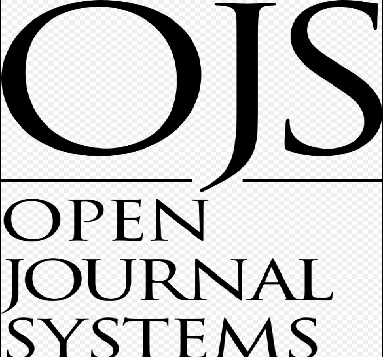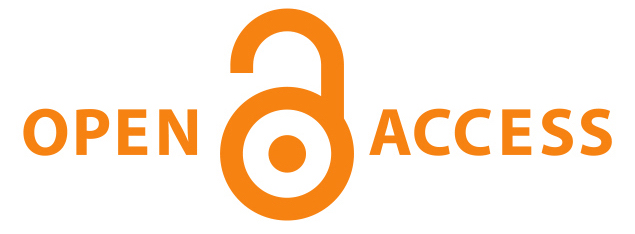Determinants of Absenteeism in Remote Healthcare: A Comparative Study of the Public and Private Sectors in Chitral
DOI:
https://doi.org/10.63056/ACAD.004.03.0487Keywords:
Absenteeism , Public vs. Private Sector , Healthcare Workforce , Chitral , Supervisor Support , Job Satisfaction , Leave Management , Rural Health ServicesAbstract
Here the researcher will delve into the trends, causes, and control of employee absenteeism in the Chitral district a remote district of northern Pakistan in the public health and the private sector health. The study was conducted in both sectors using a quantitative research design and the data was gathered with the help of structured surveys sampled on 80 healthcare workers. The results indicate that a lot of demographic, organizational, and situational factors determine the degree of absenteeism. In the case of absenteeism, the rate of absenteeism was higher in the public sector mainly because of the poor supervision, geographical isolation, and ineffective organizations of work and the main causes of absenteeism from the workforce in the private sector were occupational stress, burnout, and pressure to perform. The gender distribution, level of education, satisfaction and support by supervisor, and work environmental quality were some of the key variables that had an impact in the attendance behavior. The most common cause of taking a leave among the employees in the public sector pertained to reasons as health and family commitments whereas employees in the private sector refer to work related stress. The paper also reports gross differences in management practices of absenteeism with a highly structured and incentive based system in the case of the privately managed institutions whereas presence of an effective system to enforce the same in public institutions. These differences notwithstanding, the two industries were unanimous with their preferences of such non-punitive interventions as wellness programs, flexible work schedule, and executive involvement to minimise absenteeism. The results indicate the importance of specific and contextual interventions that would take into consideration the structural and environmental realities of the rural healthcare systems in Pakistan.
Downloads
Published
Issue
Section
License
Copyright (c) 2025 Muhammad Faisal, Muhammad Ashfaque, Muhammad Sohail, Muhammad Aamer Waqas Idrees (Author)

This work is licensed under a Creative Commons Attribution 4.0 International License.












